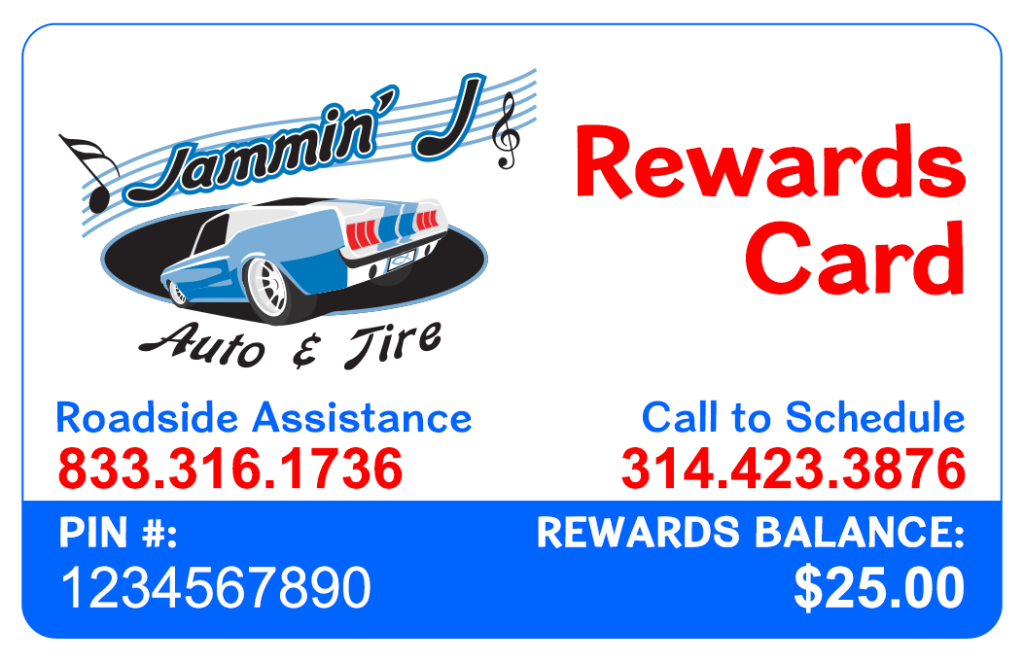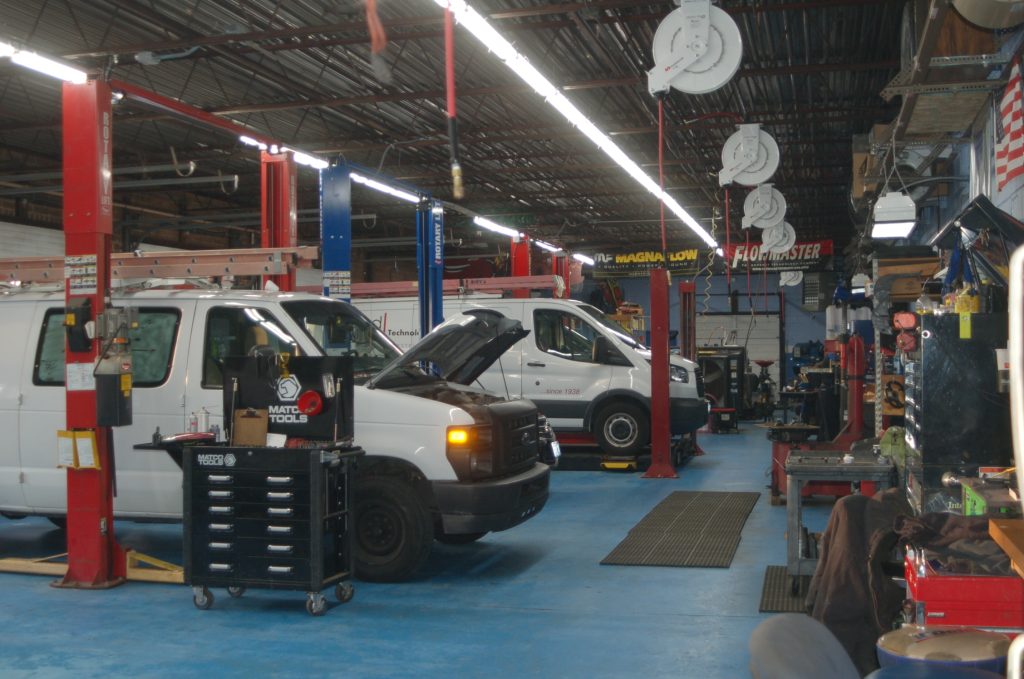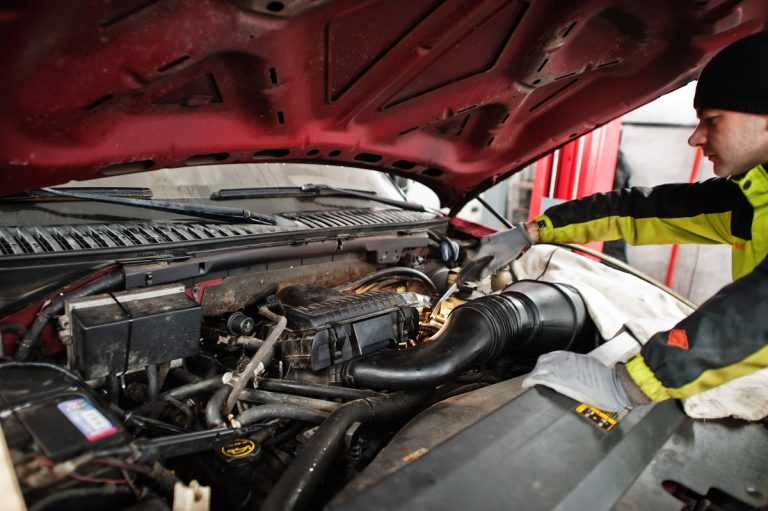
Heating and Air Conditioning Repair for Cars and Trucks in Olivette, MO
Key Takeaways Identifying Problems 1. The Feel 2. The Sound 3. The Smell 4.

Earn up to 3% Rewards Dollars back on Future Visits
You may donate your Reward Dollars to local and national charities.
Reward Dollars for you and your friends
Every 5th oil change on your account is FREE
Membership is FREE


• Air Conditioning
• Alignments
• Alternators
• Batteries
• Brakes
• Belts & Hoses
• Check Engine Lights
• Clutches
• Diagnostics
• Drive Axle Service
• Electrical Analysis & Repair
• Engine Repair
• Exhaust & Mufflers
• Universal Joints
• Wheel Bearings
• Oil Changes
• New Tires
• Radiators
• Starters
• Starting & Charging System
• Suspension & Steering
• Transmissions
• Tune Ups
• Tire Repair
Missouri State Inspections
• Vehicle Purchase Checkouts
• Custom exhaust
• Welding
• Fuel Filters
• Power Steering Service
• Cooling System Service
• Brake Fluid Flushes
• Fuel Induction flushes
As a family owned small business, we know firsthand how hard it is to make ends meet in this economy. Now more than ever it is important to get the most from our money. That is also true with the upkeep of our automobiles. We understand that every dollar that you spend with us needs to be well spent. With the use of our comprehensive vehicle check (free with most of our services), our almost instant online review of the vehicle check including photographs and recommendations, and our courteous, one-on-one service, we want to partner with you to help you get the most from your dollar and your vehicle.
Fair Prices
Quality Workmanship
Experienced Technicians
Reliable Service
Here at Jammin’ J Auto & Tire, St. Louis brake service near me, we try our best to be the best!
Our technicians look over your vehicle and photograph potential problem areas and make this available to you, the customer, almost instantly as the check is completed. A link like this one is provided to the customer via text or email and you are able to view the actual concerns without having to leave work, and being able to see the actual problem on the spot. Next, the customer is contacted to discuss your repair and give detailed, upfront pricing for all repair or maintenance needs and sent a link like this one to view repair and maintenance recommendations and approve them.
We have found this system to be very effective in communicating the health of your vehicle which aids our goal of being your long term vehicle service provider by allowing us to help you plan for your vehicle’s next needed service before it becomes an emergency. This service has made our loyal customers very happy.

EXCELLENTTrustindex verifies that the original source of the review is Google. The service was top shelf. The staff let me know what was going on with my vehicle.Posted onTrustindex verifies that the original source of the review is Google. Knowledgable, helpful and friendly.Posted onTrustindex verifies that the original source of the review is Google. Always fair and precisePosted onTrustindex verifies that the original source of the review is Google. Fast and efficient and very friendly.Posted onTrustindex verifies that the original source of the review is Google. Kept me informed on what was found and what would need to be done. I have another vehicle so I didn’t have to use their loaner that is available if needed.Posted onTrustindex verifies that the original source of the review is Google. I had a wonderful experience with Jammin'J Auto Repair! It was my first visit and I appreciate that I was treated with respect, kindness and left with additional knowledge of my automotive needs! Thank you Jammin'J, I will definitely be back!Posted onTrustindex verifies that the original source of the review is Google. Jammin J Auto & Tire is the definition of top tier service. From the very first phone call, I knew I was in good hands. Even as a first time customer calling on short notice, they went above and beyond to fit my inspection into their schedule without hesitation. That kind of responsiveness and flexibility is rare in the auto world, and it immediately showed me how much they value their customers. The entire experience from drop off to pick up was seamless. They were fast, thorough, and right on time, all while keeping me updated so I never felt out of the loop. Every interaction was professional yet friendly, and it was clear they truly care about doing the job right. I can honestly say you will not find a better auto and tire shop. Jammin’ J’s sets the bar when it comes to customer service and reliability. Whether you’re a first time visitor or a long time customer, they treat you like a priority. I would recommend them without hesitation to anyone looking for honest, dependable, and high quality auto care.

Key Takeaways Identifying Problems 1. The Feel 2. The Sound 3. The Smell 4.

Key Takeaways Finding Your Mechanic 1. Local Reputation 2. Technical Expertise 3. Genuine Parts

Key Takeaways Recognizing The Signs 1. The Feel 2. The Sound 3. The Smell